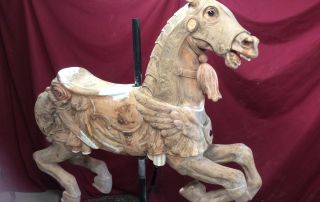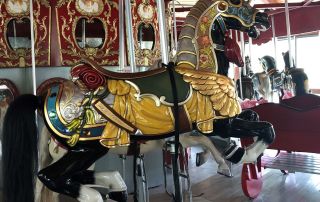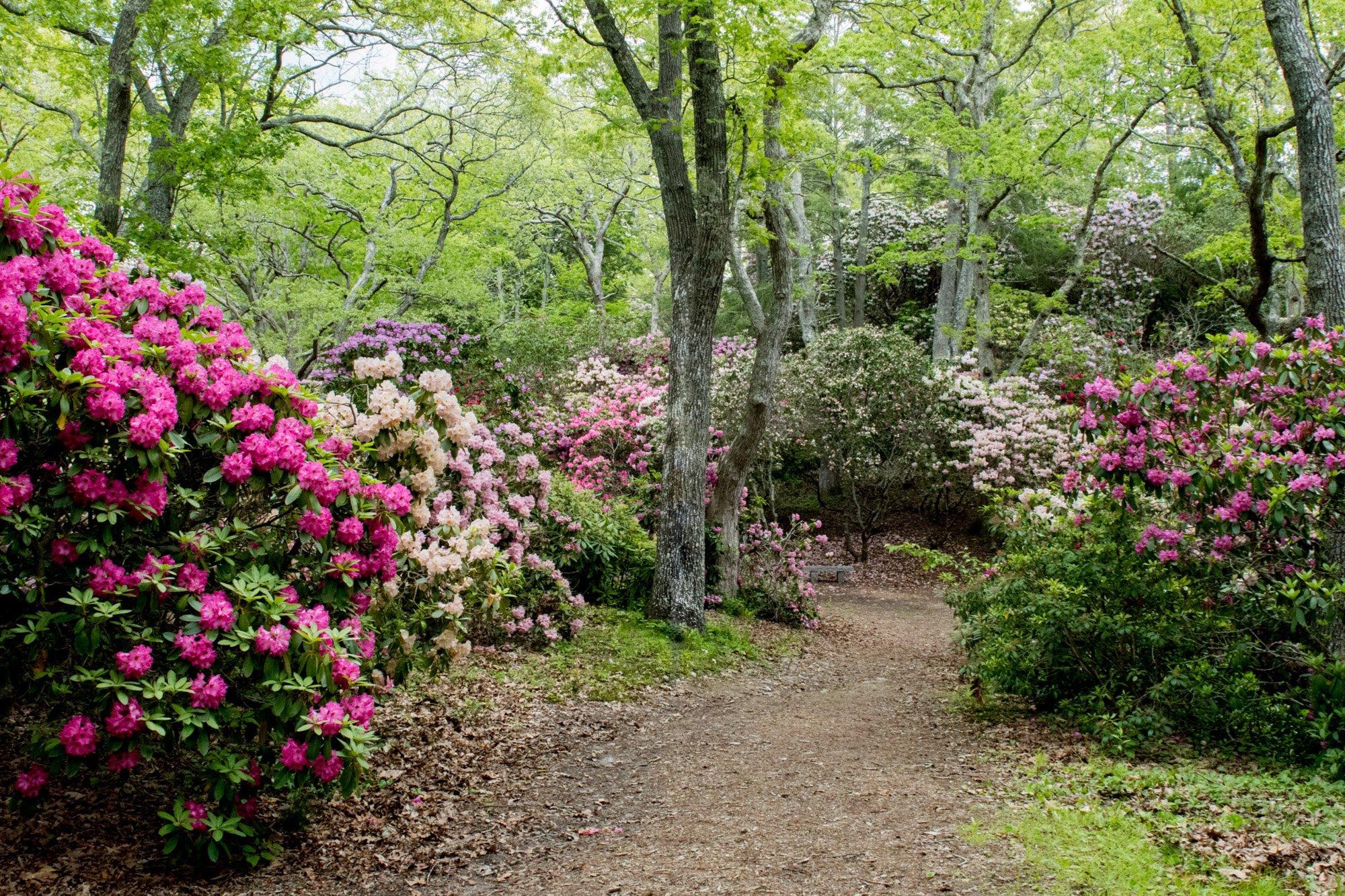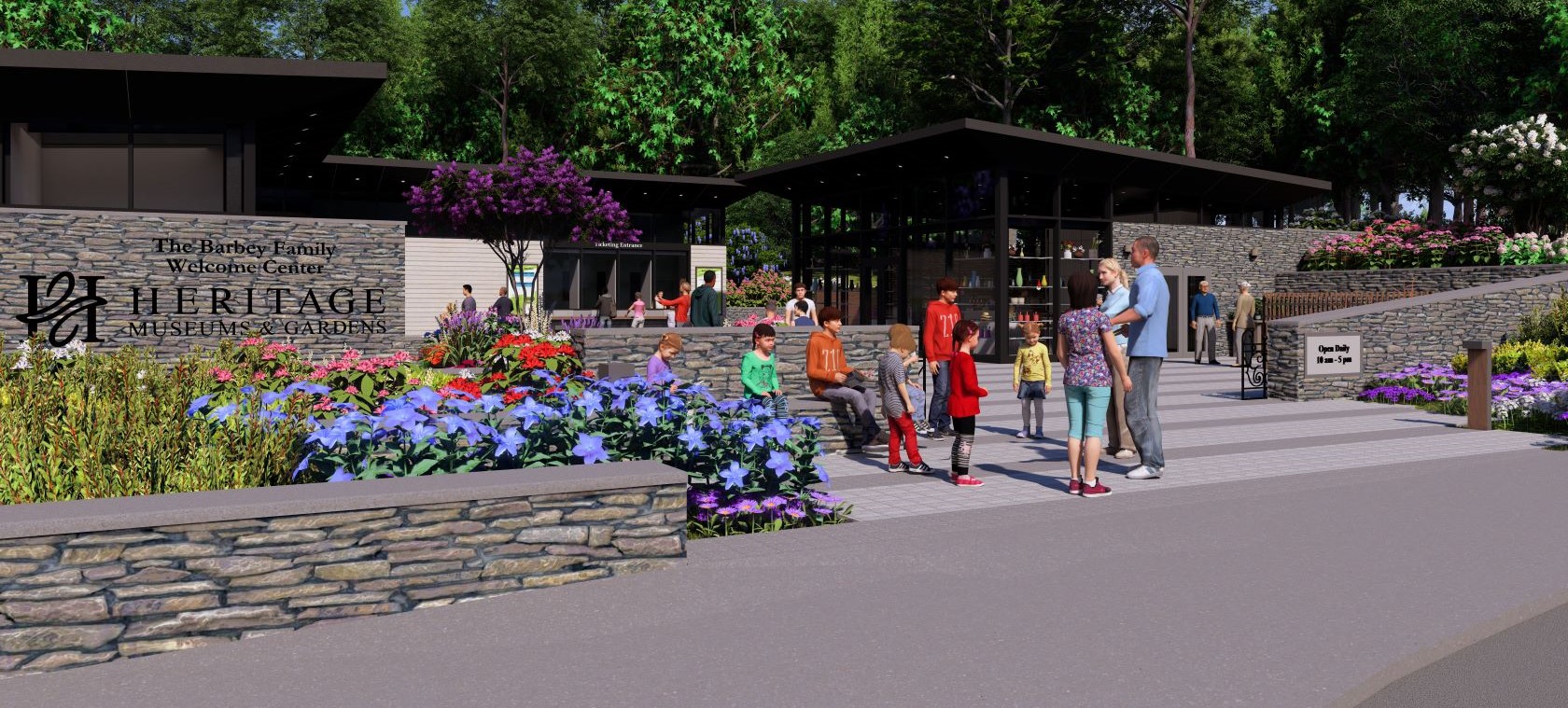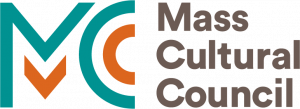Visitor Favorite “Thunder” Undergoes Restoration
During the heyday of the carousel as a popular form of American entertainment, from the 1890s to the 1930s, as many as 3,000 carousels were installed at amuseument parks across the country. Each carousel had one horse designated as the “lead horse,” noted for having decorations that were markedly different from those on the rest of the figures. This helped the ride operator count the number of times the carousel went around during each ride.
With over 4.5 million visitors since the carousel began operating at Heritage in 1972 (and countless more since its creation in 1908!), this lead horse had seen some wear and tear over the years. Heritage has a system for carefully evaluating and conserving the carousel figures, and this horse – a visitor favorite – was selected for restoration.
At the end of the 2018 season, the lead horse was removed from the carousel and shipped to the Hull, MA workshop of restoration artist James Hardison. James restores the carousel and manages its operations for The Friends of the Paragon Carousel, a non-profit dedicated to helping keep the 1928 carousel spinning at Nantasket Beach. He has over two decades of experience in carousel restoration, and restored art objects, religious statuary, and furniture before discovering that his master skills in wordworking, painting, and gilding were a perfect match for work in this field.
James first uses his expertise to evaluate each horse’s individual condition. He uses a heat gun to remove layer upon layer of old “park paint.” His careful analysis of the first paint layer can provide clues to the early color palette. After the horse is completely stripped, he inspects it, and properly repairs any structural issues. Carousel figures can consist of more than 100 pieces of wood assembled with animal hide glue and dowels rather than nails or screws. The horse is then sanded down and several coats of white primer are applied in preparation for the finish paint. The painting techniques James uses are similar to those used in when the carousel was first created. Paint is applied to the horse’s body and trappings by hand with brushes (no airbrushes are ever used!). Jewels and mirrors are repaired or replaced, and gold or aluminum leaf is sometimes added (you’ll notice a lot applied to this horse). Finally, several coats of varnish are applied, resulting in a glossy and protective finish.
This painstaking process takes several months. It is always exciting to see the horses return, restored to their original splendor, and ready to welcome many generations of riders to come!
The restoration of this horse was made possible through the generosity of Fred Houston and his children Clay Manders and Justin Houston, donors to the Adopt-a-Horse program. To date, 16 of the carousel’s 31 figures have been restored. To learn more about the Adopt-a-Horse program, please contact Greg Wobst, Director of Development, at gwobst@heritagemuseums.org.



